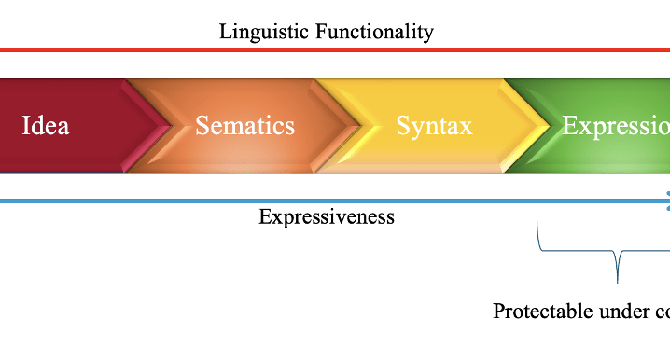Spicyip
2d
230

Image Credit: Spicyip
Part II- Applying Natural Intelligence (NI) to Artificial Intelligence (AI): Understanding ‘Why’ Training ChatGPT Transcends the Contours of Copyright
- Shivam Kaushik delves into the interaction of Large Language Models (LLMs) with non-expressive parts of copyrighted works in the context of copyright infringement.
- LLMs during training abstract representations common to tokens generated from text, leading to questions about the protection of 'expression' under copyright law.
- The essence of words, syntax, and semantics in texts is considered non-expressive and falls outside copyright protection.
- Language models compress linguistic information into numeric forms, transcending the traditional boundaries of copyright protection.
- Pre-training processes strip copyrighted works of their original form, focusing on mathematical representations and patterns.
- Certain legal perspectives view non-expressive use as transformative and not infringing on copyright, as highlighted in US court cases.
- Some jurisdictions have exceptions for Computational Data Analysis, while others like India lack specific Text and Data Mining exceptions.
- Debates arise on whether AI understanding of semantic and syntactic information during training infringes copyright.
- The post emphasizes caution in generalizing legal implications of AI in copyright law, advocating for specific analysis and avoiding broad assumptions.
- The discussion focuses on the pre-training stage of LLMs, leaving room for further exploration into fine-tuning, output stages, and related aspects in future posts.
Read Full Article
13 Likes
For uninterrupted reading, download the app